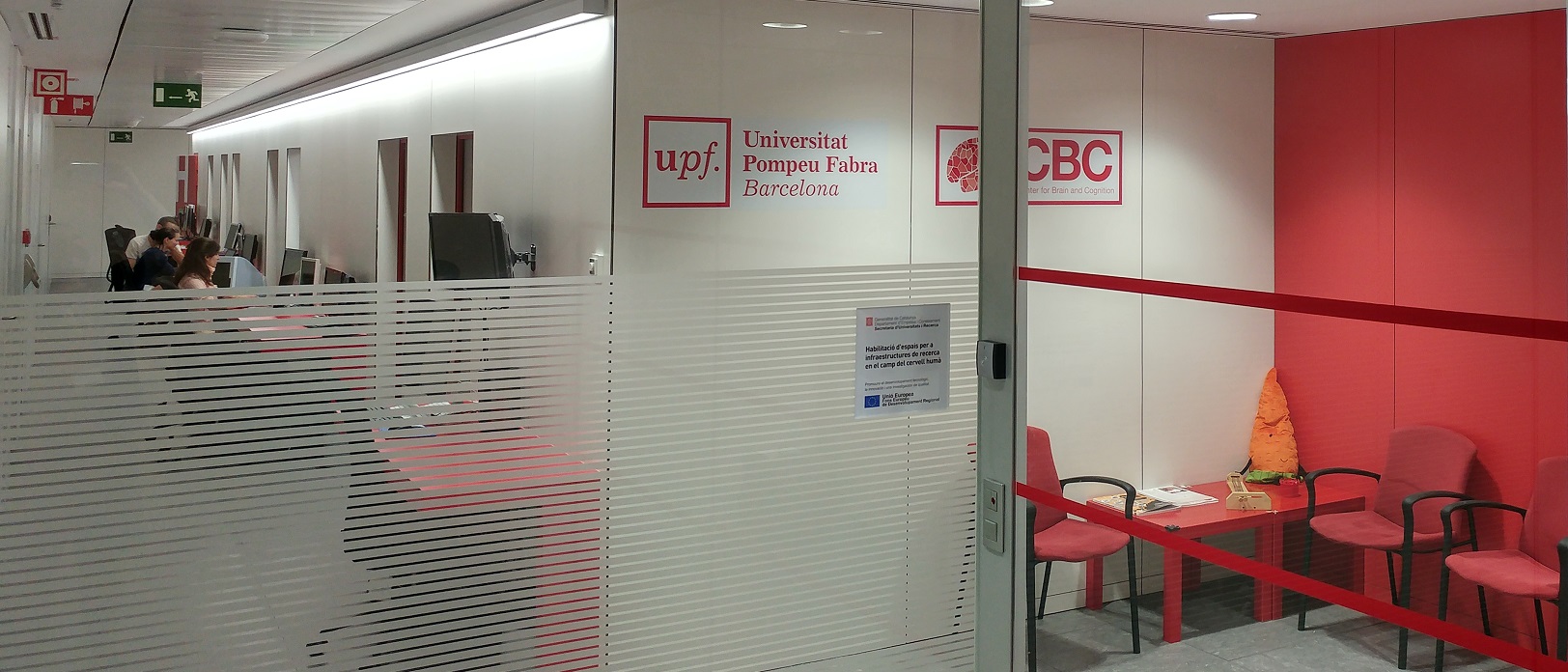Brain cognition analysis on babies
Brain cognition analysis on babies
To get a deeper understanding of how experience influences the emerge of structure and function, CBC (DTIC) from the University Pompeu Fabra experiment with babies to analyze their behavior in front of different stimuli.

The experiments aim on analyzing the cerebral response of newborns to basic stimuli (colors, movement and sounds), and they take place inside a sound treated cabin, to avoid external stimuli to affect negatively the experiment. These rooms are provided with sound condition and a really heavy door which have been prepared to prevent the sound to pass though it.
The following sound illustrates us how the environmental sound varies when getting out from the cabin.
What about the experiments? Don’t worry! They are like a game for the babies. What is more, they are accompanied by their parents. The experiment consists on series of images moving around a screen and emitting sounds, and an eye tracker is following the baby’s eye movement, in order to study how the baby reacts to the stimuli.
Here are some examples of the characteristic sounds of the experiment:
Brain activity implies a lot of information. To process this large amount of information CBC researchers, have really powerful machines that need a really versatile cooling system to prevent from failing. That is why fan sounds are part of the CBC soundscape, which is a place where important amount of information and data flow through different systems.
However, there are more methods to compute the brain activity apart from the eye movement. CBC researchers have a special rubber hats provided with electromagnetic sensors that are capable of measuring the brain activity. These hats, like an ecography, need a viscuous cream to act as a conductor between the brain activity and the electromagnetic systems. In contrast with the experiments for babies using the eye tracker, this experiments are mainly oriented for adult people, as they have more complex brain activity.
Usually researchers have to get in touch with the person that is inside the cabin. To do that, they use a telephone to contact the person who is inside the soundproofed cabin from outside. The following sound correspond to a call from inside the cabin. In this specific sample, there is no response from the researcher which is outside, due to personal data protection policies.
We could not end this blog entry without an electromagnetic sound. CBC is a laboratory where the most of the data used for their investigations are electromagnetic signals. That is why we brought an electromagnetic microphone during our recordings, in order to capture the flow of this information through CBC machines. We captured this sound from a data processor which transforms the electromagnetic information from the brain to be managed correctly with a computer.
